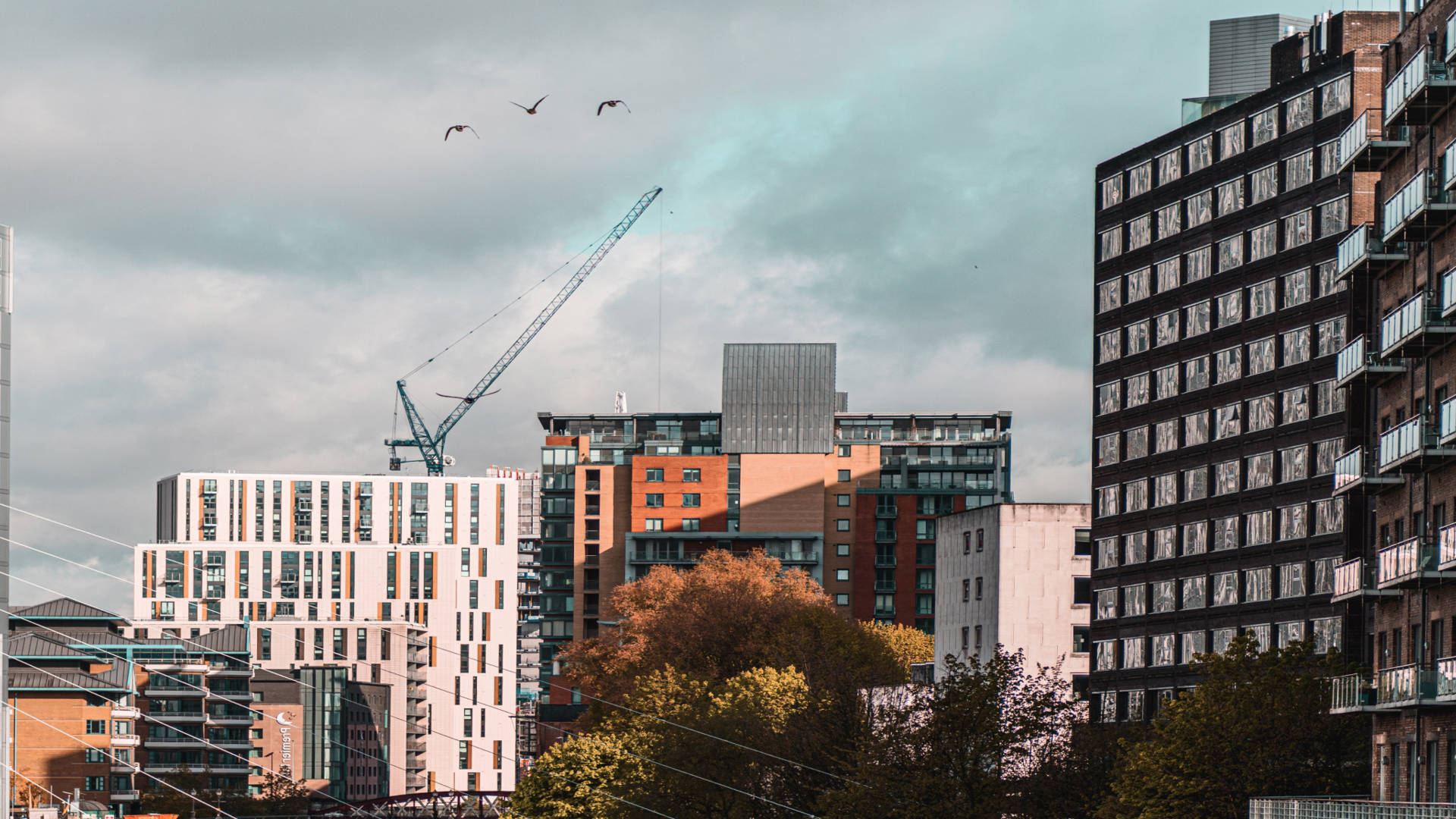
Legislation, Regulations & Guidance
Latest
-
The new Building Safety (Wales) Bill introduces a new safety regime for multi-occupied residential buildings in Wales, with a strong focus on resident safety, accountability, and regulatory enforcement. It builds on the Building Safety Act 2022 and responds to findings from the Hackitt Review and the Grenfell Tower Inquiry.
Key highlights of the Bill include:
- New statutory duties for building owners and managers.
- A tiered system of responsibilities based on building height and complexity.
- The introduction of duty holder roles such as the Principal Accountable Person (PAP).
- Enhanced rights and protections for residents, particularly vulnerable groups.
- Significant implications for developers, including registration and documentation requirements.
To read the Bill in full, click here
-
Following the initial statement issued on 18 October 2024, the Ministry of Housing, Communities and Local Government has carefully considered the views expressed by the Tribunal in the First-Tier Tribunal decision dated 03 July 2024.
The department recognises the need for greater clarity within the legislation. We are consulting the Building Safety Regulator and other relevant stakeholders on a proposal to amend the Higher-Risk Buildings (Descriptions and Supplementary Provisions) Regulations 2023.The aim is to clarify that roof gardens are not considered storeys when determining whether a building is a higher-risk building under section 120D of the Building Act 1984 and section 65 of the Building Safety Act 2022.
In the meantime, the department’s view remains that roof gardens are not storeys for these purposes. This is the basis for current government guidance, which the sector and regulatory bodies should continue to refer to.Click here to check the criteria for higher-risk buildings under the Building Safety Act.
- Building Safety Act
- Legislation, Regulations & Guidance
-
The Ministry of Housing, Communities and Local Government (MHCLG) has released an updated version of Approved Document B (Fire safety) for both Volume 1 (Dwellings) and Volume 2 (Buildings other than dwellings) of the Building Regulations. These consolidated versions incorporate the 2019 edition with the 2020 and 2022 amendments, as well as the upcoming amendments for 2025, 2026, and 2029 - access them here.
The updated documents use a colour-coding system to indicate when amendments take effect:
Blue: 2025 amendments (effective March 2, 2025)
- Focus on Regulation 38 and fire safety information
- Removal of national classes for reaction to fire and roofs
- New provisions for sprinklers in care homesPurple: 2026 amendments (effective September 30, 2026)
- Recommendation for multiple common stairs in blocks of flats 18m or taller
- Building design provisions to support evacuation lifts in blocks of flatsOrange: 2029 amendments (effective September 2, 2029)
- Removal of national classes for fire resistanceThese changes, were first announced in a parliamentary statement on September 2, 2024
- Fire Safety
-
In December 2024, the BSR updated its Making Buildings Safer webpage, featuring essential information on Building Assessment Certificate applications.
The updates include a new video presentation by Tim Galloway, delivered at The Property Institute’s Annual Conference in October, highlighting some of the common pitfalls in certificate applications. You can watch the video here.
- Building Safety Regulator
-
The contradiction between current legislation and guidance on what constitutes a higher-risk building was highlighted by the First-tier Tribunal (FTT) decision in Smoke House & Curing House, 18 Remus Road, London E3 2NF (LON/00BG/HYI/2023/0024). In Smoke House, the FTT applied the HRB Regulations 2023, finding that a roof garden was a storey, despite it being an open rooftop which was not fully enclosed. The FTT noted that the guidance appeared to go beyond the wording of the legislation and was not a reliable interpretation of the law.
In response, the government has added a note to the guidance stating that it and the Building Safety Regulator are considering the view of the FTT in Smoke House but "until stated otherwise, the sector and regulatory bodies should continue to refer to existing government guidance". This uncertainty leaves practitioners in a difficult position when advising on buildings where the inclusion of a roof garden may be the deciding factor in whether the building is an HRB.
The definitions of HRB's in the BSA 2022 are supplemented by the Higher-Risk Buildings (Descriptions and Supplementary Provisions) Regulations 2023 (SI 2023/275) (HRB Regulations 2023), which provide that a storey does not count towards the seven storeys if the storey is a rooftop plant or machinery area or consists exclusively of roof-top machinery or plant room (regulation 6, HRB Regulations 2023).
The government's guidance on what constitutes a higher-risk building is set out in three separate documents, housed on a collection page (see Guidance on the criteria for being a higher-risk building). The guidance states (emphasis added):
"A storey must be fully enclosed to be considered a storey. The roof of a building should not be counted as a storey. Open rooftops such as rooftop gardens are not considered storeys and should not be counted as such when determining the number of storeys or measuring the height."
-
Guidance About The Criteria For Being a Higher-Risk Building
-
TPI HSE webinar (24th January) ‘Building Safety Regulator TPI Member Q&A Session – Occupied Buildings'
-
Welcome from the Chief Inspector of Buildings & Building Safety Health Check Panel Discussion - ARMA Conference 2023
-
TPI Advice Note: Fire Safety Management in Flats
-
Building Safety Act 2022